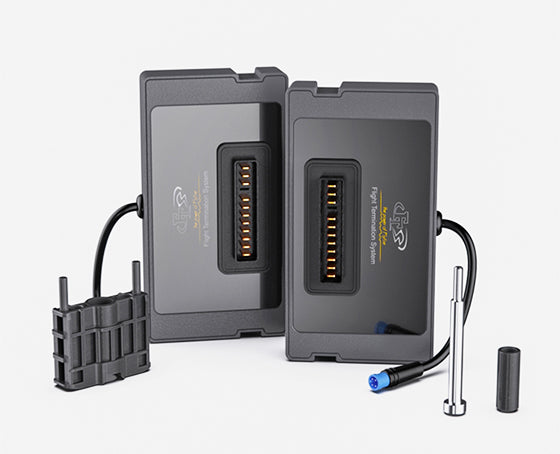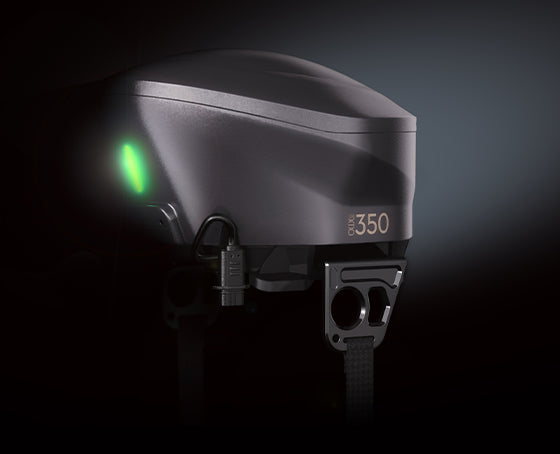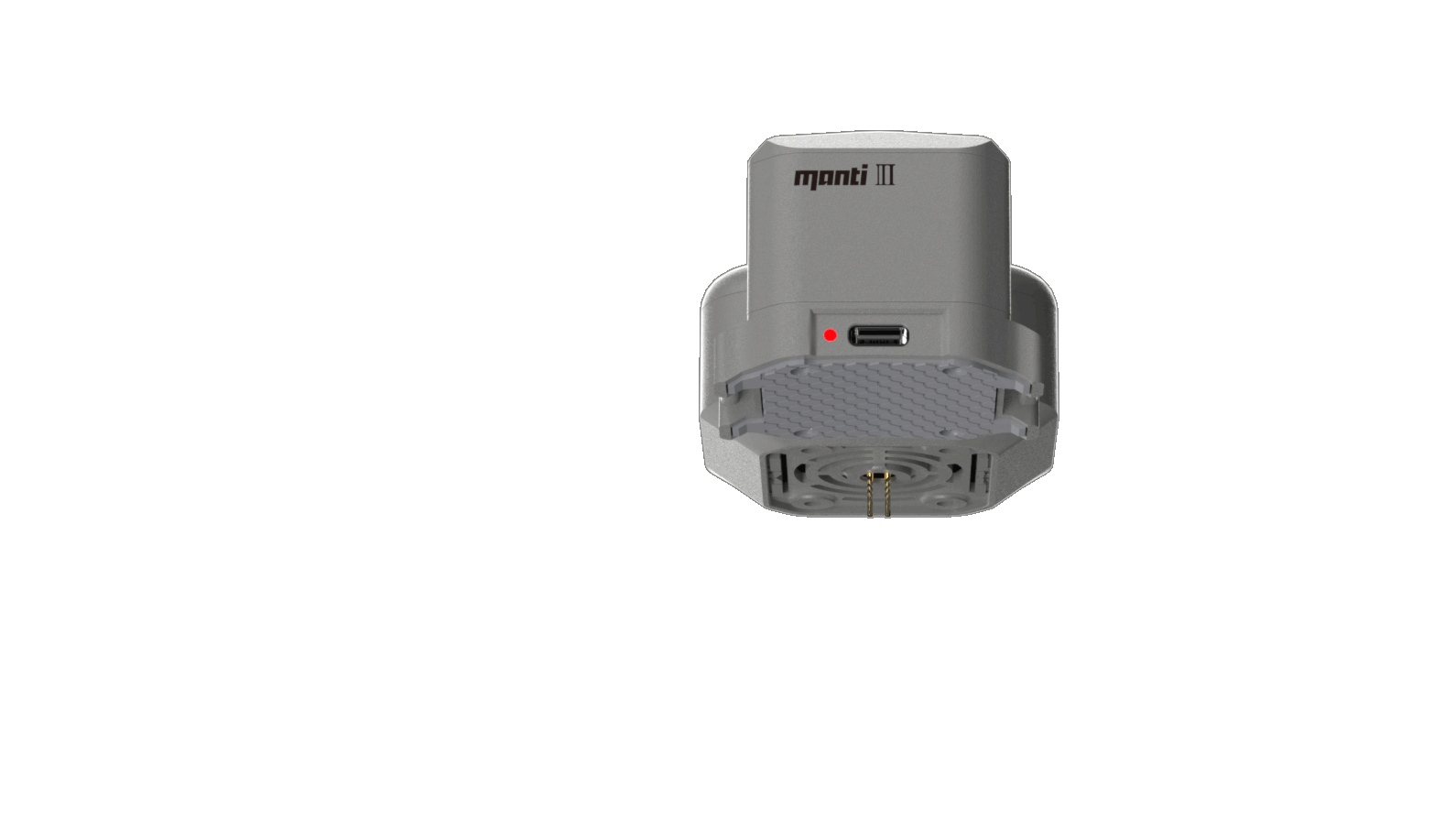FAQ
Elevate your operations with increased awareness, efficiency, & safety.
The world has become an increasingly unpredictable place. Today, we need smart technology to stay safe and ensure public safety, as well.
Using your current technology, what are your options when faced with a fire, explosion, building collapse, hazardous spill, terrorist attack, missing person case, search and rescue call, crowd control issue, or surveillance and inspections requirements? UAVs have added measurable benefits to the Public Safety industry.
Drones have revolutionized the world of public safety. Here are a few benefits of drones for the security industry:your brand with your customers. Describe a product, share announcements, or welcome customers to your store.
Enhanced Safety
PINPOINT HIDDEN FIRE IN ROOFS AND WALLS AND PROTECT THE LIVES OF YOUR TEAM MEMBERS IN THE PROCESS.
Scalable Deployment
HELICOPTERS ARE COSTLY AND REQUIRE SIGNIFICANT RESOURCES. DRONES, HOWEVER, DO NOT.
Real-Time Data
OUR DJI DRONES CAN GATHER AND SHARE INFORMATION FROM SINGLE OR MULTIPLE SOURCES.
Better Information
SEE IN THE DARK. CAPTURE AND RECORD IMAGES WITH INFRARED CAMERAS THAT RIVAL EVEN THE BEST ON-GROUND EQUIPMENT.
Rapid Response
DURING AN EMERGENCY, EVERY SECOND MATTERS. DEPLOY A TEAM OF DRONES WITHIN MINUTES, AND START CAPTURING KEY DETAILS RIGHT AWAY.






